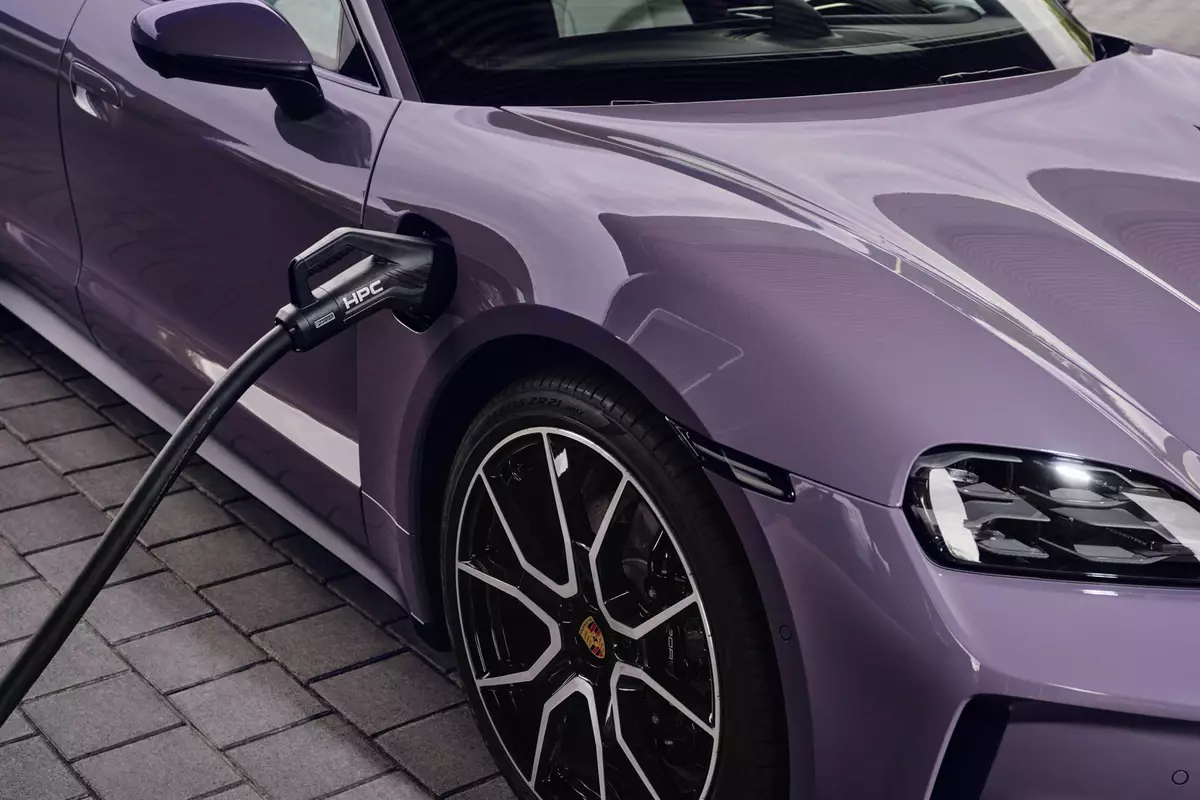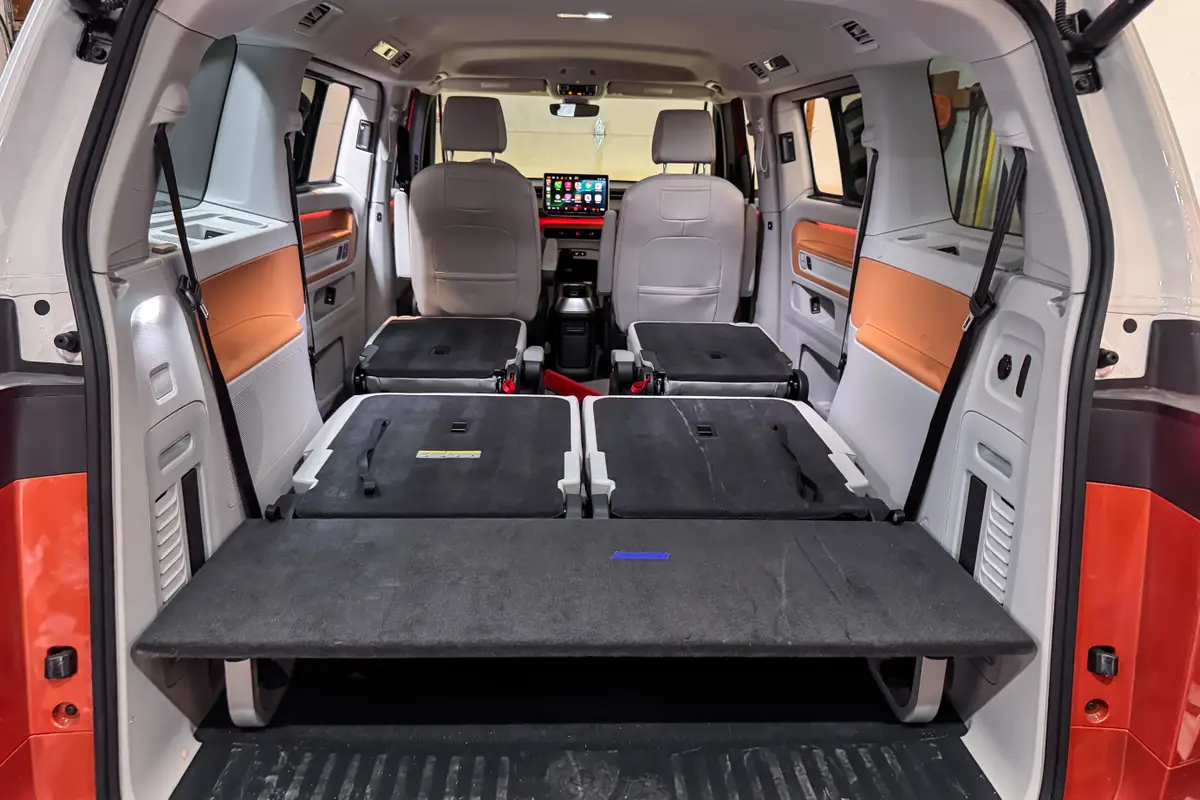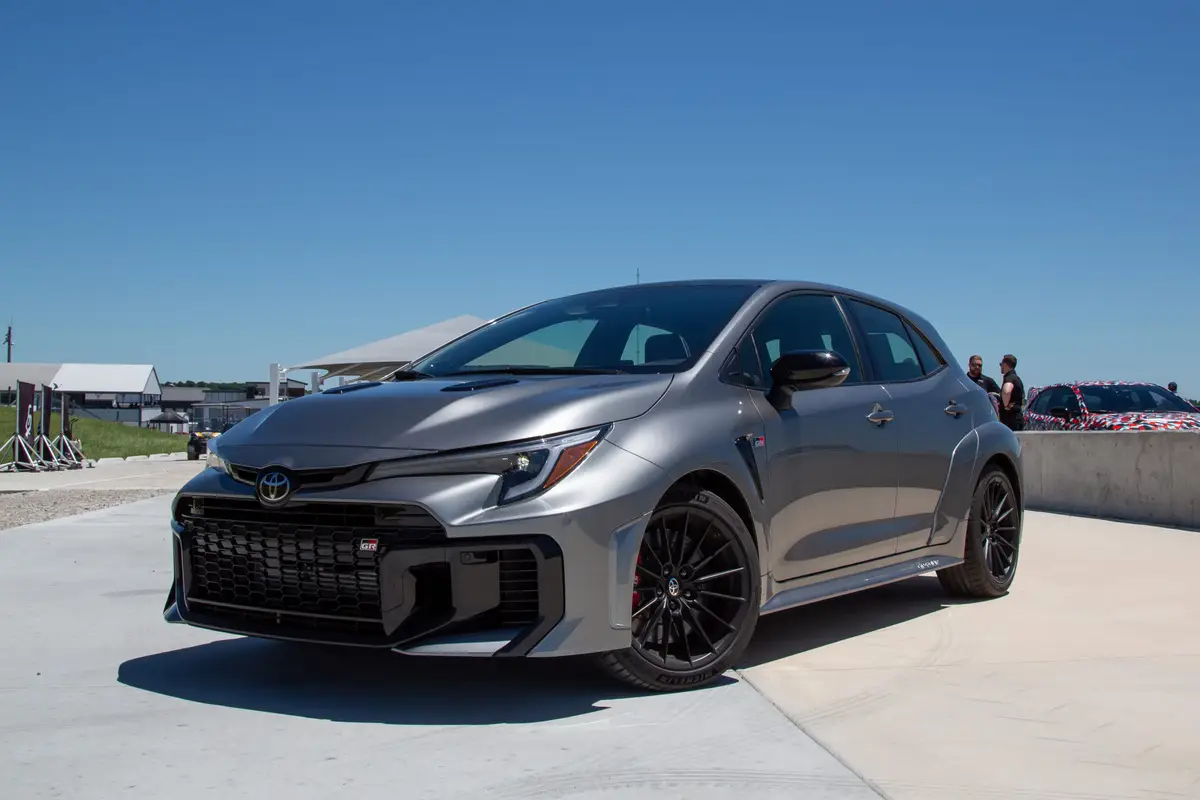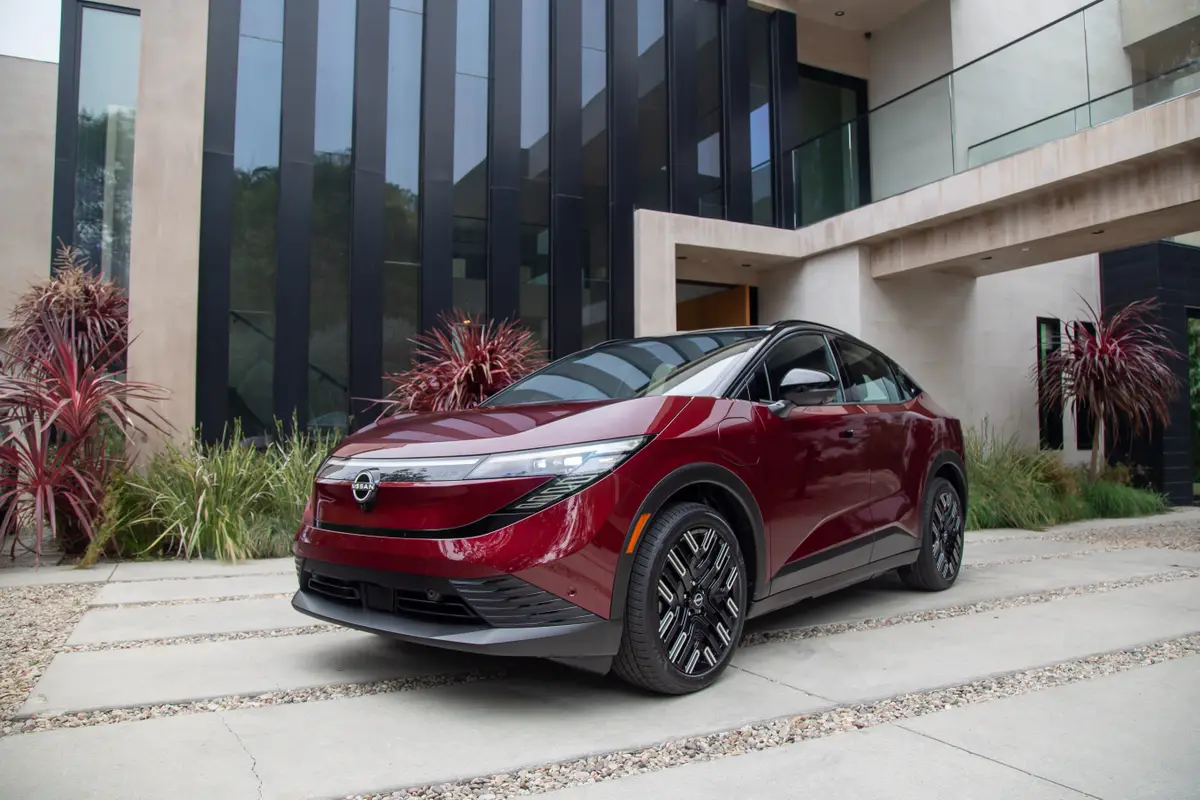Plug & Charge Tech Is Coming to Public EV Chargers to Free Us From Apps and Cards


One of the major frustrations with charging an electric vehicle at a public charger — especially in frigid winter weather and extreme summer heat — is juggling the various cards and mobile apps required to pay. Not even the most dedicated masochists I know enjoy getting soaked in the rain while hoping (pretty please) that a charger responds to their phones. That’s about to change, as SAE International and the federal Joint Office of Energy and Transportation announced that Plug & Charge technology will soon be added to all public charging stations, with initial testing of the program starting in 2025.
Related: How Much Do Electric Car Charging Stations Cost?
Plug & Charge is genuinely convenient, as it lets you start charging your car as soon as you plug into a public charger. No pressing buttons, fiddling with phone apps, or swiping or tapping a card required. It does exactly what it says in the name: You plug your EV in, and it charges. Some manufacturers already have EVs that can use this technology, but as InsideEVs notes in its roundup of which models have it, many of these existing Plug & Charge systems only work on certain charging networks (such as EVgo or Electrify America).
The implementation of universal Plug & Charge will also get rid of these limitations, allowing any EV with the ability to do so to plug in to any public charger, authenticate itself with that charging station and automatically start charging. It all builds upon SAE’s Electric Vehicle Public Key Infrastructure, which will become the shared means of authenticating vehicles and payments. The main goal is to lead to a less fragmented charging landscape where EVs, charging networks and chargers are all able to communicate with each other, thus expanding and simplifying charging options for all EV owners.
This public-private partnership between SAE and the Joint Office of Energy and Transportation aims to improve cybersecurity around this new common charging framework to shore up consumer trust in the system. The partnership also believes the framework could lead to further innovations, such as enabling more EVs to feed back into the power grid, among other things.
Testing of the new public key infrastructure that will enable universal Plug & Charge begins in 2025, with a wider rollout expected to happen throughout next year. This builds upon other efforts to standardize charging systems across the U.S. to support wider EV adoption, such as the move to use North American Charging Standard-style plugs across automakers for U.S.-market cars.
More From Cars.com:
- Tesla Opens Supercharger Network to Non-Tesla EVs
- Volkswagen to Roll Out Plug & Charge for 2023 ID.4
- Toyota Joins Ionna Charging Network Joint Venture
- Rivian Adventure Network Opens First Chargers to All EVs
- More Electric Car News
Related Video:
Cars.com’s Editorial department is your source for automotive news and reviews. In line with Cars.com’s long-standing ethics policy, editors and reviewers don’t accept gifts or free trips from automakers. The Editorial department is independent of Cars.com’s advertising, sales and sponsored content departments.

News Editor Stef Schrader joined Cars.com in 2024 but began her career in automotive journalism in 2013. She currently has a Porsche 944 and Volkswagen 411 that are racecars and a Mitsubishi Lancer GTS that isn’t a racecar (but sometimes goes on track anyway). Ask her about Fisher-Price Puffalumps.
Featured stories




